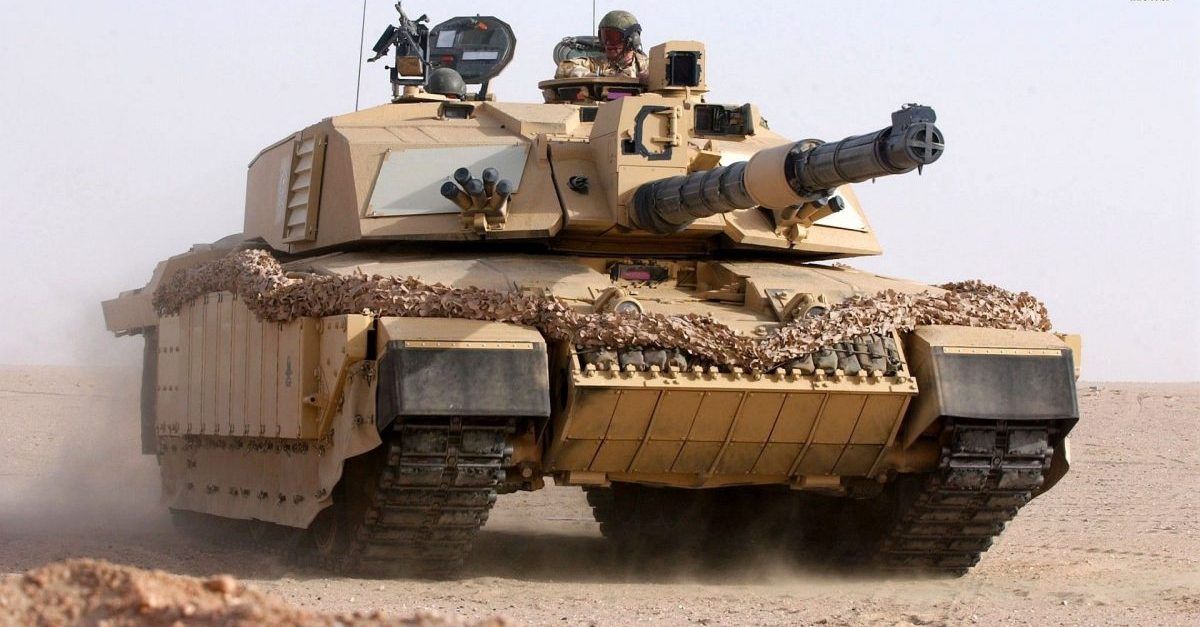

Given r A as a function of conversion,, r A f(X), one can also design any sequence of reactors in series provided there are no side streams by defining the overall conversion at any point. Backflow was found to be undesirable for the polymerization mechanism under investigation. The volume of a CSTR can be represented as the shaded areas in the Levenspiel Plot shown below: Reactors in Series. Conversions and molecular weight distributions were computed as functions of the backflow parameter, and the results were compared with the conversion and molecular weight distribution from a CSTR and those from a plug‐flow reactor.


There exists a reactor (albeit semi-hypothetical) that has the same residence time distribution but that gives lower conversion for a second-order reaction than two perfectly mixed CSTRs in series. Passive Mixing: utilises no energy input except the pressure from the pump used to drive the fluid flow at a constant rate. Two tanks in serieseven though they are perfectly mixed individuallycannot achieve the maximum mixedness limit that is possible with the residence time distribution of two tanks in series. An infinite series is hydraulically equivalent to an ideal plug flow reactor. This ideal continuous stirred-tank reactor (CSTR) or ideal makes it difficult in. Continuous Stirred Tanks in Series: a series of CSTRs is used to achieve conditions similar to plug flow. E.įree‐radical polymerization in a flow reactor represented by the tanks‐in‐series model with backflow was considered. Residence Time Distribution of Three Stirred- Tank Reactors in Series. Analysis of tanks‐in‐series model with backflow for free‐radical polymerization Analysis of tanks‐in‐series model with backflow for free‐radical polymerization


 0 kommentar(er)
0 kommentar(er)
